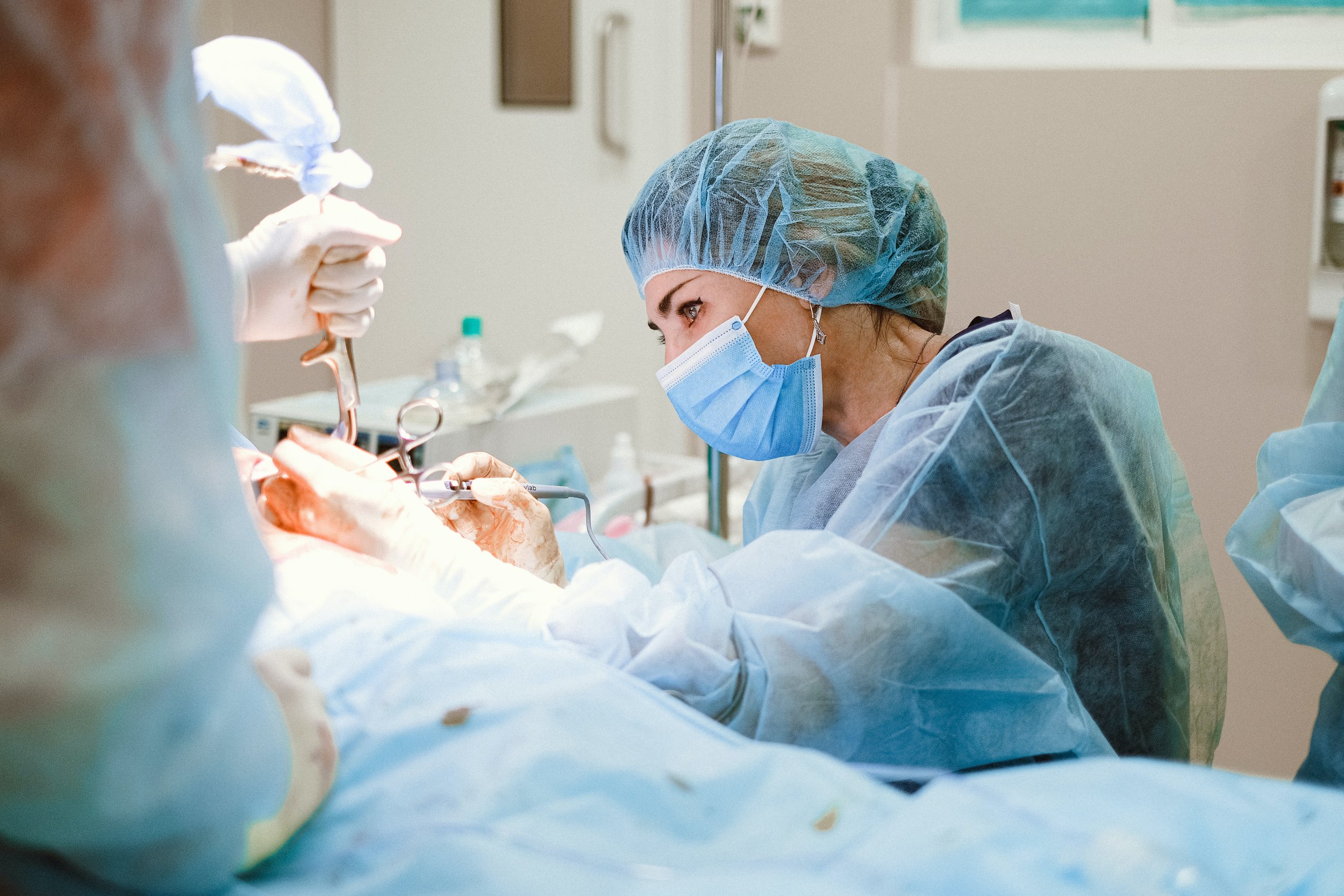How Painful is Foot Reconstruction Surgery?
Foot reconstruction surgery is designed to correct the structures of the foot, restoring natural functionality. Like any form of surgery, it is invasive and can leave patients feeling some discomfort afterwards. To correct foot injuries or damage from illness, foot reconstruction is critical to helping patients regain control of their life and stay active.
However, the foot has a complex anatomy, involving several bones, ligaments, joints, and muscles working collectively to perform the activities of daily living, e.g., walking or running. Operations can therefore be significant, involving many of the foot’s structures. During the postoperative period, feet can need long-term care and rehabilitation to relieve pain and achieve functioning.
As such, many patients ask us “how painful is foot reconstruction surgery” – and what improvement they can expect afterwards.
In this article, we will answer how painful foot reconstruction surgery is and other common questions about the procedure.
Why is foot reconstruction surgery needed?
Foot reconstruction refers to surgery that corrects foot anatomical problems and restores function lost due to infection, trauma, congenital disabilities, and other illnesses. Because the feet are essential to normal functioning, damage can be frustrating, severely limiting a person’s quality of life.
Foot reconstruction is advocated when tissue reconstruction, function restoration, and cosmetic rehabilitation are viable. The fundamental goal is to return a person to independence, improving their mental health and personal and social life.
Common conditions for foot reconstruction surgery include:
Major trauma. Injuries from cars or work-related accidents can cause foot trauma. Trauma is categorized as follows:
Type I. Soft tissue loss less than 3 cm2
Type II. Soft tissue loss greater than 3 cm2 without bone involvement
Type III. Soft tissue loss with bone involvement
Vascular diseases. Damage to the blood vessels reduces oxygen supply leading to ulcers, tissue death, or infection.
Metabolic diseases. Diabetes, gout, and alcoholism damage the blood vessels and nerves inducing painless, crater-like ulcers.
Tumors. Cancers like melanomas, epitheliomas, and sarcomas can permanently damage the foot.
Infections. Low oxygenation from vascular disease or diabetes increases the risk of infected ulcers.
Malformation. Congenital disabilities like clubfoot or spina bifida often require reconstruction surgery.
How painful is foot reconstruction surgery?
It depends. Small, minor reconstruction surgery is unlikely to cause significant pain. In contrast, more extensive foot reconstructions will take longer to heal and, due to greater surgical debridement (removal of dead or infected tissue), is typically more painful.
If surgery was significant:
Two to three weeks of complete bed rest is advised, followed by gentle walking (with or without support).
The leg is elevated for the first two weeks.
In some cases, patients are asked to avoid applying weight to affected pain for six to eight weeks.
Patients can wear normal shoes (with or without a foot or ankle brace) around 12 weeks after surgery.
Complete recovery can last a year, depending on surgery type and patient’s health
Patients with diabetes or other chronic conditions will heal slower and are at greater risk of complications.
Causes of post-surgical pain after foot reconstruction
Some minor discomfort is normal after a serious surgical procedure. To manage the discomfort, you’ll be prescribed a short course of pain relief. Once the healing process begins, the pain should gradually reduce until it subsides.
Chronic post-surgical pain won’t go away and can worsen over time. There are four primary causes:
Tissue damage and inflammation. Disruption from surgery can result in further inflammation.
Damage to a nerve or nerves. Burning or shooting pains are most commonly associated with damaged nerves. The pain may also “refer” to another part of the body.
Formation of scar tissues. Scar tissue can continue to cause chronic pain long after the wound has healed. The reasons are complicated, with nerve damage frequently associated.
Infection. If the wound has become infected, it’ll irritate the surrounding tissue leading to pain.
Not all patients are at equal risk of post-surgical pain. The groups with the highest risk include:
Women
Older people
Overweight people
People with an autoimmune disease or preexisting health condition
People with a history of anxiety or depression (associated with chronic pain)
How is postoperative pain treated?
Following the surgery, your anesthetic will wear off as you regain consciousness. Even before you wake up, your doctor will prescribe a dose of potent painkillers to ensure you’re comfortable in the immediate hours and days.
As you heal, your doctor will try to reduce the quantity of pain medication you’re taking. Pain medications, like Tylenol (acetaminophen), should be taken at regular intervals. If your standard medication isn’t relieving your pain, speak to your doctor about increasing your dosage or prescribing a pain pump. Here, you can push a button to administer more medication. Most doctors will reserve pain pumps for slow healing and complex procedures.
In addition to the pain treatment, postoperative healing is achieved via conservative means:
Rest. Give the body time to heal, and sleep as much as possible.
Ice. Apply ice to the site to reduce swelling and numb the area.
Compression. Using a compression stocking improves blood flow and stops fluid buildup.
Elevation. Raising your leg to heart level improves circulation and speeds up the healing process.
The RICE method is regarded as the most beneficial means to treat postoperative foot pain, alongside small doses of painkillers. Pain should never be excruciating and should improve with time. If the pain worsens for any reason, speak to your foot doctor for evaluation and treatment.
Speak to our team if you experience pain after foot surgery. Our expert foot doctors are ready to relieve your pain and get you back on your feet.

